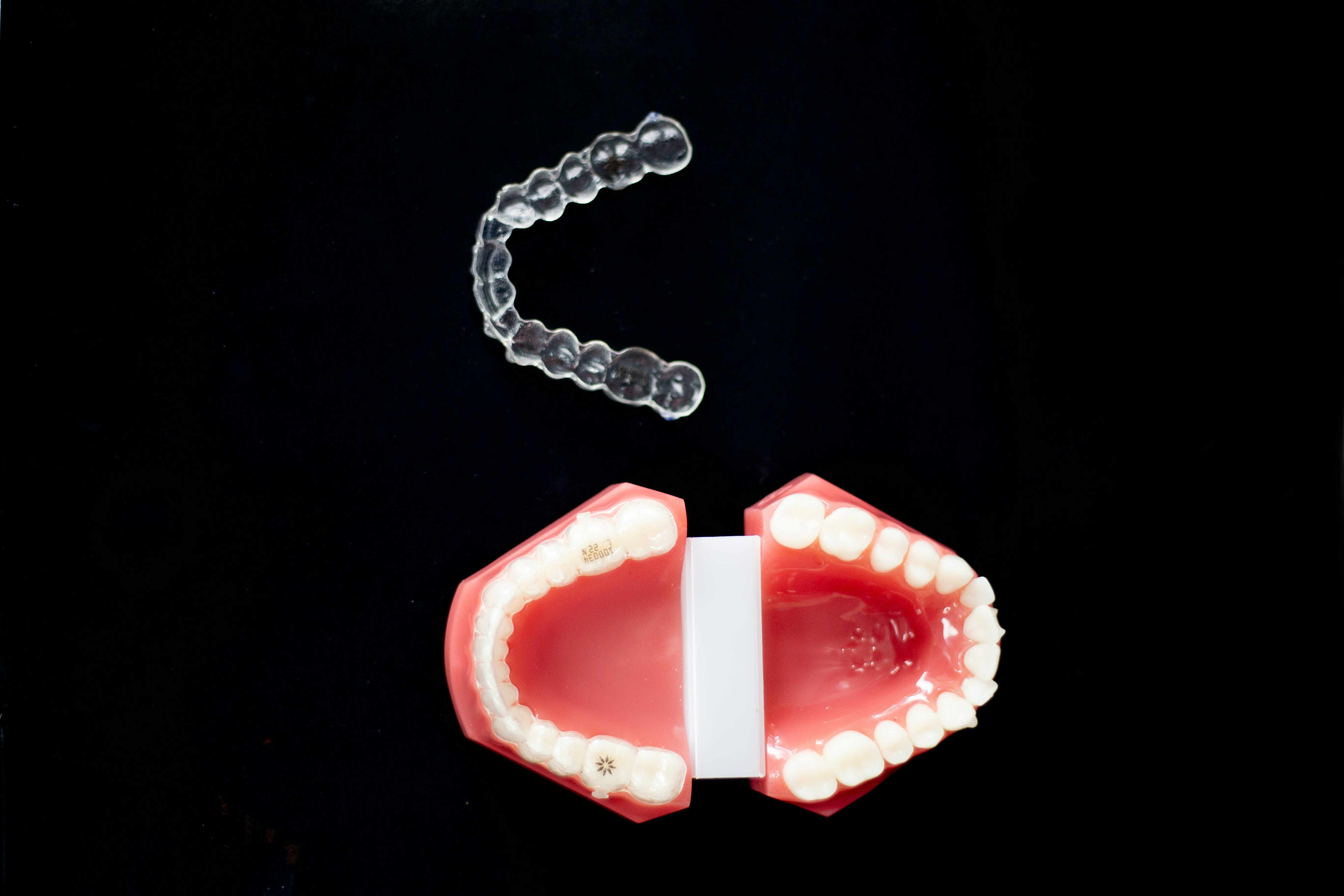Discover How Dental Crowns and Implants Can Restore Your Smile with Cost Insights for 2025
Did you know dental crowns and implants offer natural-looking, durable solutions for damaged or missing teeth? This article explores treatment steps, cost comparisons between the United States and Mexico, and how Spanish-speaking patients can navigate options effectively.

Affordable Natural-Looking Dental Crowns and Implants: What You Need to Know
Dental crowns and implants are common treatments used to fix damaged, decayed, or missing teeth. They help restore the function, strength, and appearance of natural teeth. Crowns cover a damaged tooth, while implants replace missing teeth by securing artificial roots in the jawbone topped with crowns.
- Natural Appearance: Modern crowns, including all-ceramic and zirconia options, are crafted to closely resemble natural teeth in color and shape, creating an appealing smile.
- Durability: Implants and crowns are designed to last many years with proper care, providing reliable chewing function.
- Comfort: Implant-supported crowns are intended to feel and operate similarly to real teeth, unlike removable dentures.
How Much Does It Cost to Fix Your Teeth with Crowns and Implants?
Costs for dental treatments differ based on location, materials, and case complexity.
Cost Estimates in the United States (2025)
- Dental Crowns: Typically range from $1,000 to $3,000 per tooth depending on materials used.
- Dental Implants: Generally between $3,000 and $6,000 per implant-supported crown.
These prices can be expensive for some patients.
Options in Mexico May Provide Cost Savings
Mexico is a popular location for dental care that may offer more affordable services while maintaining recognized quality standards, particularly for Spanish-speaking patients near the U.S. border.
- Dental Crowns Costs: About $450 to $900 per tooth for all-ceramic or zirconia crowns.
- Dental Implants: Implant placement may cost between $700 and $1,200; implant-supported crowns near $700.
- Veneers: Estimated between $350 and $600 per tooth.
- Potential savings in comparison to U.S. prices can be significant.
Cities such as Los Algodones, Tijuana, and Nuevo Progreso are conveniently located near the U.S.-Mexico border and are known for dental services with Spanish-speaking staff.
The Dental Crown and Implant Treatment Process
Understanding the typical steps helps with treatment planning:
-
Consultation and Diagnosis
Dentists evaluate oral health through exams, X-rays, and impressions. Spanish-speaking clinics facilitate clear communication about treatment. -
Implant Placement (if applicable)
A surgical procedure to insert titanium implants into the jawbone under local anesthesia, usually lasting 1-2 hours per implant. -
Healing (Osseointegration)
A healing phase of 3 to 6 months allows the implant to integrate with the jawbone, creating a stable foundation. -
Crown Fabrication and Placement
Custom crowns made from ceramic, zirconia, or porcelain are designed to fit and match natural teeth, then attached to implants or prepared teeth. -
Follow-Up and Maintenance
Good oral hygiene and regular dental visits are essential to maintain crowns and implants, which may last 10 to 15 years or longer.
Finding Spanish-Speaking Dental Care Providers Offering Affordable Pricing
Mexican Border Cities — Accessible and Budget-Friendly Options
Cities like Los Algodones offer dental care services that balance affordability and quality. For instance, Dr. Eva Urena’s clinic lists dental implants starting at around $800 and implant crowns near $700, prices often significantly below typical U.S. rates. Clinics usually provide services in both English and Spanish.
These locations are popular among Spanish-speaking patients seeking restorative and cosmetic dental care with transparent pricing. Some clinics accept international dental insurance and payment methods like cash, checks, Venmo, and Zelle.
Spanish-Speaking Clinics in the United States
While affordable Spanish-speaking clinics are more dispersed across some U.S. areas, practices like Professional Smiles in Davenport, Florida provide dental treatments including crowns and implants. These clinics prioritize clear Spanish communication and upfront pricing.
Tips for Planning Your Dental Treatment Budget and Care in 2025
-
Schedule a Consultation
Some clinics offer free or creditable consultation fees to help evaluate treatment options. -
Check Insurance Coverage
Verify if your dental insurance covers procedures abroad or at specific U.S. clinics, and understand potential costs. -
Consider Travel and Timing
If traveling to Mexico, plan for multiple visits and healing times. -
Communicate in Spanish
Choosing clinics with Spanish-speaking staff can ensure clear understanding of procedures, costs, and aftercare. -
Inquire About Materials and Guarantees
Confirm the quality of materials like zirconia crowns and ask about available warranties or maintenance support.
Understanding How Crowns and Implants Can Address Dental Needs
“Como arreglar mis dientes” involves considering your dental condition and treatment possibilities:
- Damaged Teeth: Crowns restore tooth shape, function, and appearance.
- Missing Teeth: Implants provide a fixed, natural-looking replacement.
- Cosmetic Enhancement: Veneers and crowns improve aesthetics with a natural look.
Affordable dental care access may be possible through trusted clinics along the U.S.-Mexico border and select U.S. practices with Spanish-speaking dentists. Effective planning, consultation, and communication encourage a positive dental treatment experience in 2025.
Conclusion
In 2025, dental crowns and implants offer reliable options for repairing damaged or missing teeth, with cost and accessibility information for Spanish-speaking patients. Exploring choices at Mexican border clinics or U.S. providers with Spanish-speaking staff can support informed treatment decisions. Understanding costs, procedures, and communication options enables well-informed dental care for improved oral health and smiles.
Sources
- Dental Tourism Association – Cost of Dental Work in Mexico 2025
- Dr. Eva Urena Dental Implants Los Algodones
- Professional Smiles – Spanish-Speaking Dental Clinic in Davenport, FL
Disclaimer: All content, including text, graphics, images and information, contained on or available through this web site is for general information purposes only. The information and materials contained in these pages and the terms, conditions and descriptions that appear, are subject to change without notice.




